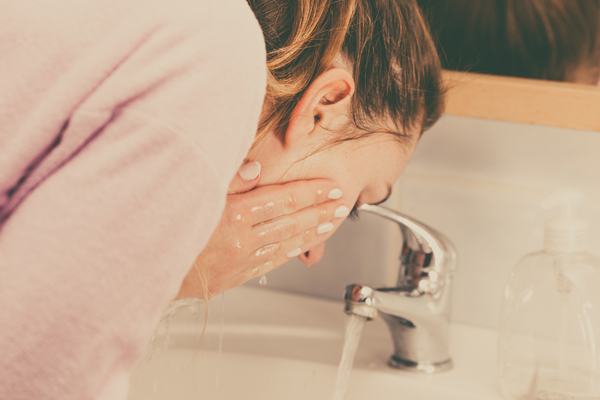Hair breakage is my nemesis. Years of monthly hair bleaching and constant styling using heated tools left my hair in a sorry state. Don’t get me wrong, I tried my best to take care of it, but the bleach eventually won the day. I had to surrender, reassess my hair colour choice and make sure I stuck to the best products to help bring my hair back to it’s former glory.

Breakage happens when your hair is just too brittle; from hair colouring, from the elements, styling etc., that it snaps right off. If this sound like you, I beg you to consider the following precautionary steps to avoid the avoidable. Your hair is the only hair you’ve got and I don’t imagine many of us would consider shaving it off and starting again. Just saying!
Tip 1: Go Sulphate-Free
If you find that your hair is dry, try avoiding sulphates in your shampoo, as they will dry it out even more. Sulphates can be harsh on the body as they emulsify and pry dirt and grime from your skin and hair. Look for the word SLS (sodium lauryl sulphate) in the ingredient list. If you find it, put it down and step away. Your hair will thank you for it.
Kérastase Aura Botanica Bain Shampoo 250ml is the ultimate sulphate free shampoo. Unlike most sulphate-free shampoos the sulphates have been replaced with natural origin agents to make sure your hair is truly nourished. Great for brittle hair types, obviously.
Tip 2: Protein is your friend
This one is good news for those of you who’ve jumped on the smashed avocado on toast train. Protein-rich foods help sustain hair growth and body. As with skin, hair health starts from within, so if you pay more attention to what you are feeding your body, you’ll see the results in your hair.
Tip 3: Step away from the heat
One of the biggest changes I’ve made has been to move away from my hair dryer a few days a week. All you need is a change in routine. I was stuck in a morning hair routine, which meant I was low on time so had to use my hairdryer. Thanks to a new set of products by Redken, I’ve been able to switch up my routine, and let my hair air dry. I just wash my hair in the evenings, towel dry a little and add in a bit of Redken No Blow Dry: Just Right Cream 150ml. I comb it through, part my hair as usual and just leave my hair to it. It’s been a revelation. My hair’s always dry by the morning, so I just brush through and add some curls in using a wand. I will always use Kérastase Resistance Ciment Thermique 150ml, a strengthening and anti-breakage milk for damaged hair straight after the Redken cream, to layer in the heat protection ready to use the wand in the morning.
I can’t recommend this step enough. Even doing it once a week will make a difference.
Tip 4: Reconsider your hair brush choice
Hair brushes have a lot to answer for when it comes to breakage. You need to make sure that you’re using a brush that is kind to the hair and that actually removes tangles and knots rather than just snapping them off. Say hello to a Tangle Teezer to keep your hair in the best condition. They are great for detangling wet and dry hair without any tugs or pulls, keeping breakage to a minimum.
Now there are obvious ways to stop hair breakage; such as not colouring your hair, never using straighteners or curling wands, but we all know that’s not feasible for 99% of us. Making a few simple changes, like I’ve mentioned above, will help save your hair and keep it in the best condition possible, without sacrificing style.
What are your anti-breakage tips?
xoxo




